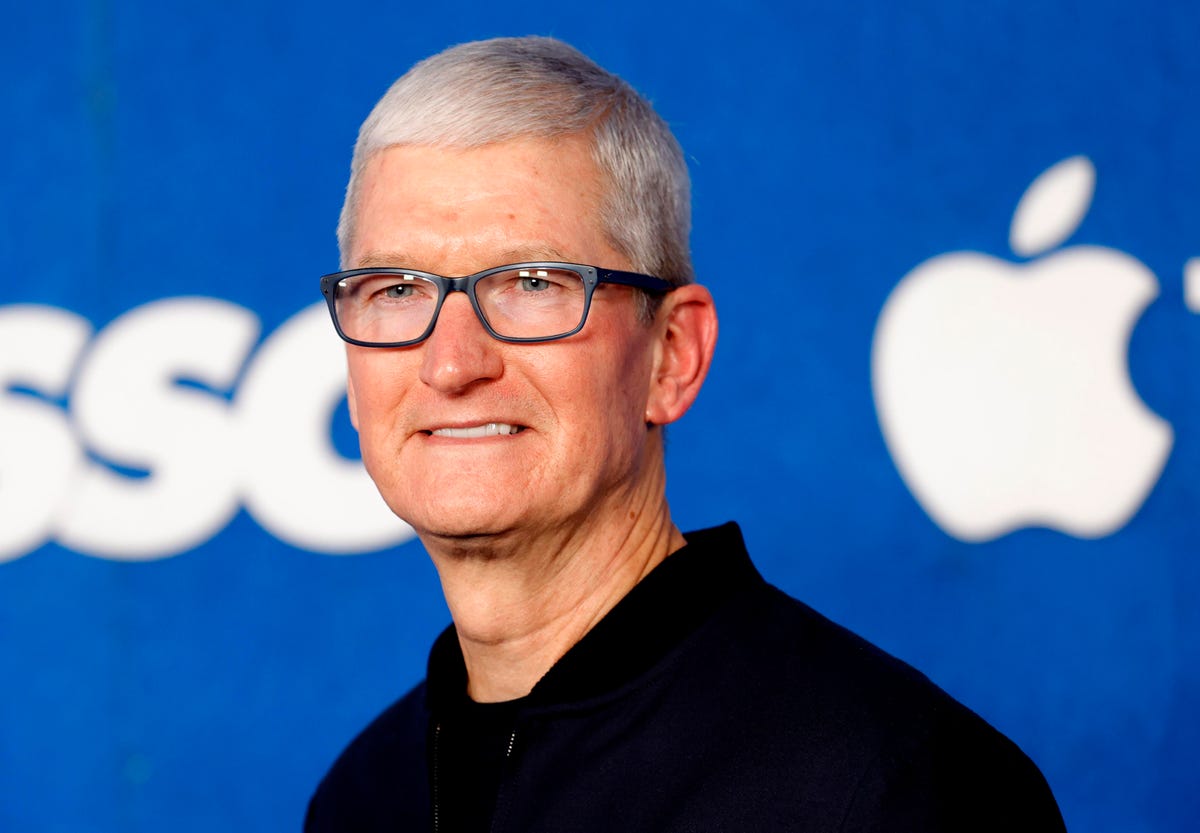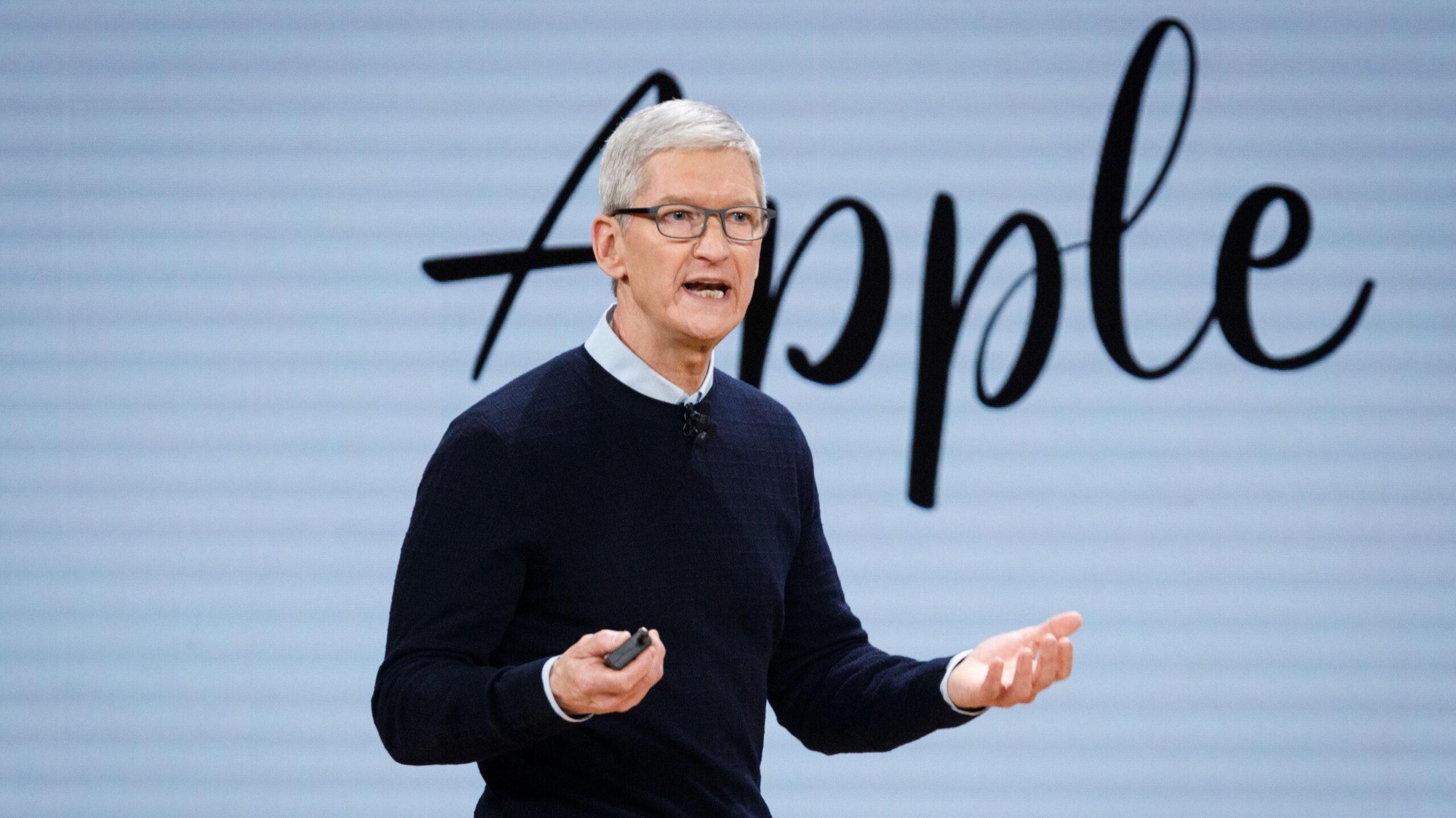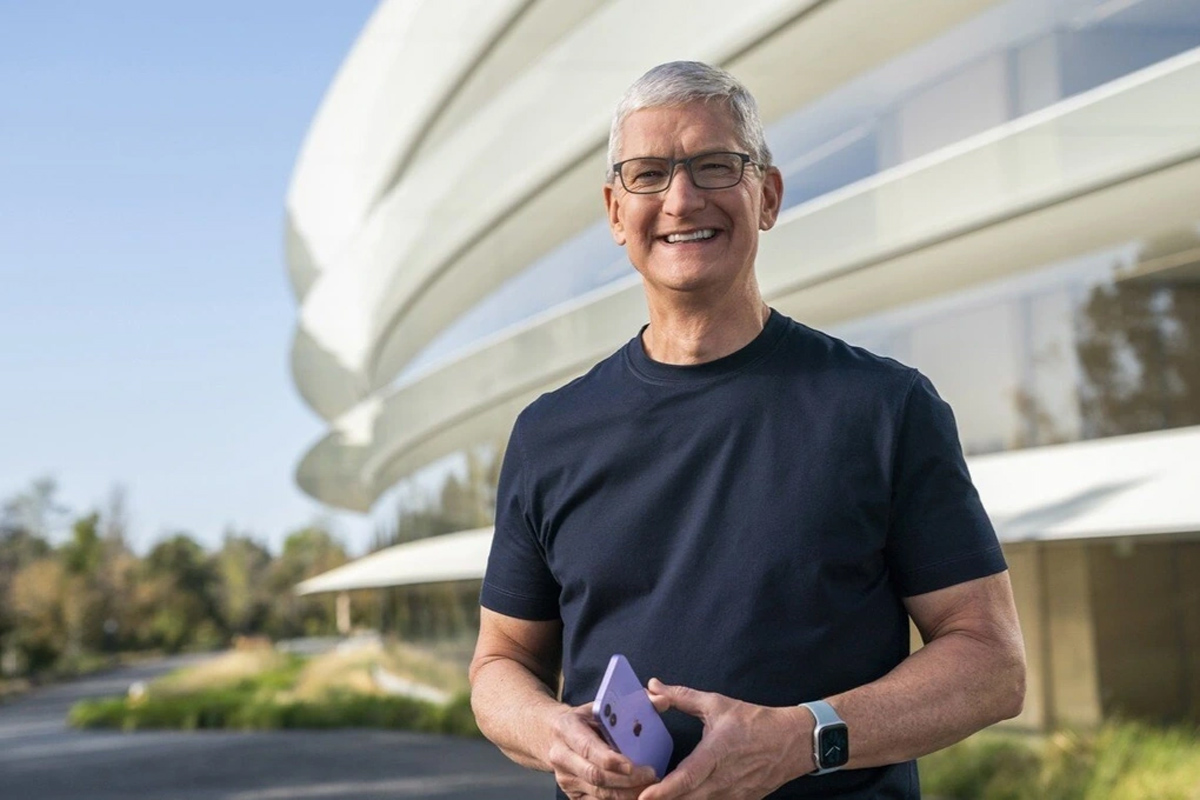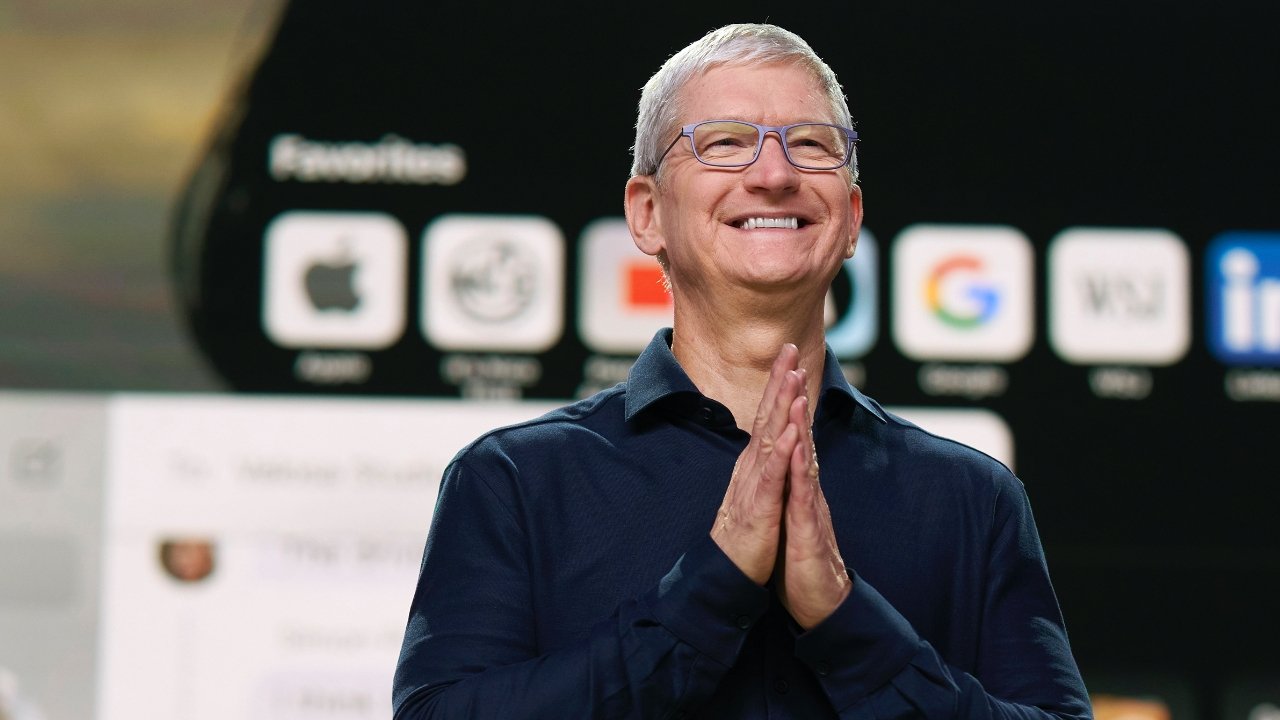
Apple’s latest software update, iOS 26, has sparked a fierce debate among users, with many expressing frustration over the system’s readability issues. Critics have taken to social media platforms to voice their concerns, with some even going as far as labeling iOS 26 as a massive failure in Tim Cook’s leadership.
The issue appears to be widespread, affecting the user experience across the board, and has brought attention to the challenges Apple faces as it navigates its post-Steve Jobs era.
Tim Cook, who has been at the helm of Apple since 2011, has faced constant comparisons to his predecessor, Steve Jobs, a man renowned for his bold vision and groundbreaking innovations.
Under Jobs, Apple became synonymous with revolutionary products that changed the way people interacted with technology. However, since Cook took over, critics have questioned whether the company has lost its innovative edge.
While Apple continues to release impressive hardware, such as the iPhone, MacBook, and Apple Watch, iOS software updates under Cook’s leadership have been met with increasing disappointment. The launch of iOS 26 seems to be the latest in a series of software releases that have left many users dissatisfied.
One of the primary complaints with iOS 26 is the system’s readability. Users have reported that the font size, contrast, and overall legibility of text have significantly deteriorated compared to previous iOS versions.

The problems are especially apparent in areas like app menus, notification texts, and even system-wide settings. For many, this issue poses a serious accessibility concern, particularly for older users or those with visual impairments.
The readability of an operating system is one of its most crucial aspects, and Apple’s failure to address these concerns has many questioning whether the company is losing sight of its commitment to providing an inclusive user experience.
While some argue that the visual effects and animations in iOS 26 are impressive—particularly the Liquid Glass animations that have been praised for their sleek and satisfying design—these improvements come at the cost of usability.
The flashy visuals, while aesthetically pleasing, have only exacerbated the readability issues, making it difficult for users to navigate the system efficiently. The irony here is that Apple has long been lauded for its user-friendly interface, and now it seems to be sacrificing that reputation for the sake of style over function.
It’s hard to ignore the fact that this issue comes at a time when Apple is already under fire for other aspects of its software and hardware. The company has been criticized for its increasing reliance on closed ecosystems, its focus on high-priced premium products, and its gradual shift toward services at the expense of hardware innovation.
Cook’s leadership has seen Apple move away from some of the more groundbreaking innovations that defined Jobs’ era. In contrast to the early days of the iPhone, iPad, and MacBook, which revolutionized entire industries, Apple’s recent offerings have been seen as incremental updates rather than transformative changes.

This perception of stagnation has only intensified with the launch of iOS 26. Many users feel that the software update does not live up to the high expectations set by Apple’s previous releases.
The introduction of new features, such as enhanced privacy settings and minor improvements to system performance, has done little to quell the discontent.
What Apple users want are significant, game-changing features—features that will make their devices more useful and more enjoyable to use. Unfortunately, iOS 26 has failed to deliver in this regard.
What makes the situation even more complicated is the timing of this criticism. iOS 26 comes at a time when Apple is also facing increasing competition from Android and other tech companies.
While Apple continues to dominate the smartphone market, its share of the tablet and personal computer markets has shrunk in recent years. Meanwhile, competitors like Google and Samsung continue to innovate, offering features and systems that rival or surpass Apple’s offerings in many areas.
This growing competition has led many to question whether Apple can continue to lead the tech world or whether it will become just another company that once defined an era.
One of the most alarming aspects of the iOS 26 controversy is the apparent lack of accountability from Tim Cook and the company’s leadership team. Critics have pointed out that Apple’s focus on design and aesthetics has often come at the expense of functionality and user experience.
This is especially evident in the case of iOS 26, where visual effects and design choices have resulted in significant usability issues. For a company that prides itself on its user-centric approach, this lack of attention to the basic needs of users is deeply troubling.

Under Tim Cook’s leadership, Apple has focused heavily on expanding its services and ecosystem. However, this shift has raised concerns about the future direction of the company.
Services like Apple TV+, iCloud, and Apple Music are important revenue streams for the company, but they should not come at the expense of the core values that made Apple great in the first place. Apple’s commitment to innovation, simplicity, and accessibility must remain at the heart of its product development process.
The lack of innovation in iOS 26 has further fueled the perception that Apple is becoming complacent under Cook’s leadership. Where is the bold, forward-thinking approach that Apple was known for under Jobs?
The absence of truly transformative changes in iOS 26 has left many wondering if Apple has lost its spark. The company that once revolutionized the mobile industry now seems content to rest on its laurels and focus on incremental improvements rather than pushing the boundaries of what’s possible.

While some may argue that iOS 26 is just another example of an evolving software ecosystem, the truth is that the issues with readability and usability reflect deeper problems within Apple’s design philosophy.
The company needs to reassess its priorities and return to the principles that made it a global leader in technology. That means focusing on creating products and software that are not only visually appealing but also functional and user-friendly.
In conclusion, Tim Cook’s leadership has undoubtedly helped Apple maintain its position as one of the most valuable companies in the world. However, the criticism surrounding iOS 26 highlights the growing dissatisfaction with the company’s software direction.
Apple must listen to its users and address these concerns if it hopes to maintain its position as an innovator in the tech world. The future of Apple depends on its ability to evolve while staying true to its roots—creating products that are both beautiful and functional. If Apple continues down the path of sacrificing usability for style, it risks losing the loyalty of its most dedicated users.
-1750041293-q80.webp)


